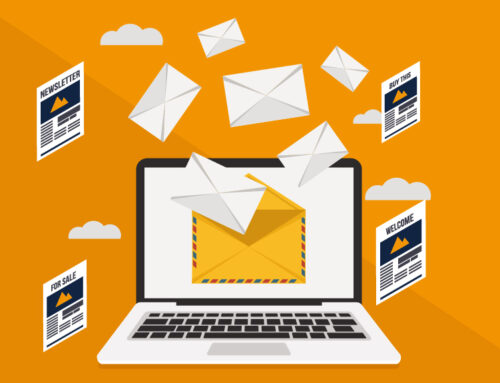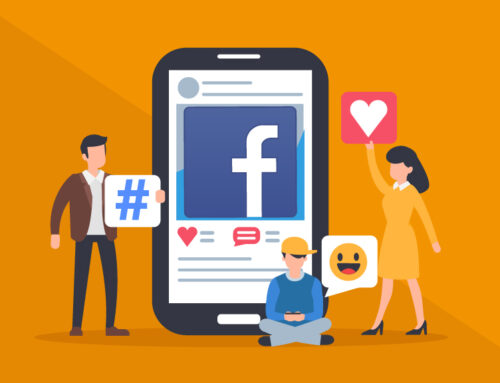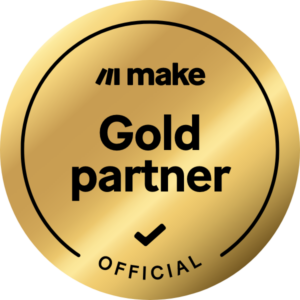Starting today, we’re going to do something a little out of the ordinary. We’re going to start a four-blog series on how to utilize two megaliths together when it comes to the world of digital marketing and advertising. From the title. I’m pretty sure you have an idea of the stuff I’ll be getting in to. And that’s how to tie your Facebook and AdWords audience for maximum gains for your advertising model.
One of the things that you’ve got to keep in mind is that both AdWords and Facebook have a wide range of audience targeting options that you as an advertiser can utilize.
For starters, one of the most amazing features of Google AdWords is its ability to use keyword audience together with RLSAs (audience data).
On the other hand, Facebook is pretty much the king when it comes to knowing the demographic features that advertisers need to target when launching their ad campaigns.
So I’ll be divulging into how you can effectively make your Facebook audiences become part of your AdWords RLSAs, and outline a strategy to fuse your Facebook audiences together with RLSAs in order to maximize your return on ad spending.
How to transfer Audiences from Facebook to AdWords
The tactics we will go into will rely on copying data form your Facebook and using it to effectively create an RLSA on Google Adwords.
The first thing that you’ll need to do in order to copy this data is to use unique UTM tags in each and every ad set that you have for your Facebook campaigns.
That’s because the more detailed you are about your UTMS, the more concise you will be with regard to your audience segmentation.
As soon as you begin generating traffic via your UTM tagged URLs, you’ll be able to categorize this traffic using the Google Analytics’ audience builder.
However, you’ve got to keep in mind that once you create an audience list, it has to have a minimum of 1000 users for it to have eligibility on Google’s search network.
- Use your Search ads to Target and Reach Job Titles (B2B Decision-Makers)
The first thing you can do is focus on job title data in order to search for B2B decision makers. After doing this, you can then use the audience list to target your ads to these specific individuals via Google search.
To make this happen, you’ve got to:
- Begin by creating and running an awareness campaign right on Facebook
- Then move on to filter out some of the top decision makers in the industry that you’re interested in. You can do this by targeting their demographics e.g. job titles.
- You should then use the unique UTM tags to tag the awareness campaign in order to allow for traffic segmentation in Google AdWords.
- Proceed then to create a new and unique audience definition with your Google Analytics. You can do this by filtering out traffic via the campaign UTMS that you had earlier applied and defined on Facebook.
- Lastly, proceed to applying the said audience list as one of your targets and bank on Google AdWords to ensure that the targeted decisions will be the ones to see the ad.
The great thing about this option is that it ensures that the paid for clicks on your AdWords are only reaching the B2B decision makers that you had targeted, making it a pretty nitty-gritty way to make the most out of a small AdWords budget.
On the downside, this tactic will obviously limit the number of people you are able to target. On the upside, the only budget you’ll be spending is on qualified leads based on the precise info on demographics that you extracted from Facebook.
And with that comes the conclusion of part 1! If you’d like to familiarize yourself more with combining your Facebook and AdWords audiences using UTM tags, and to effectively improve your overall jewelry store campaign, contact 4SpotMarketing today. You can email us at Info@4SpotMarketing.com or call us at 702-721-9763. We offer a free consultation to determine what approach will serve your company best.









Leave A Comment